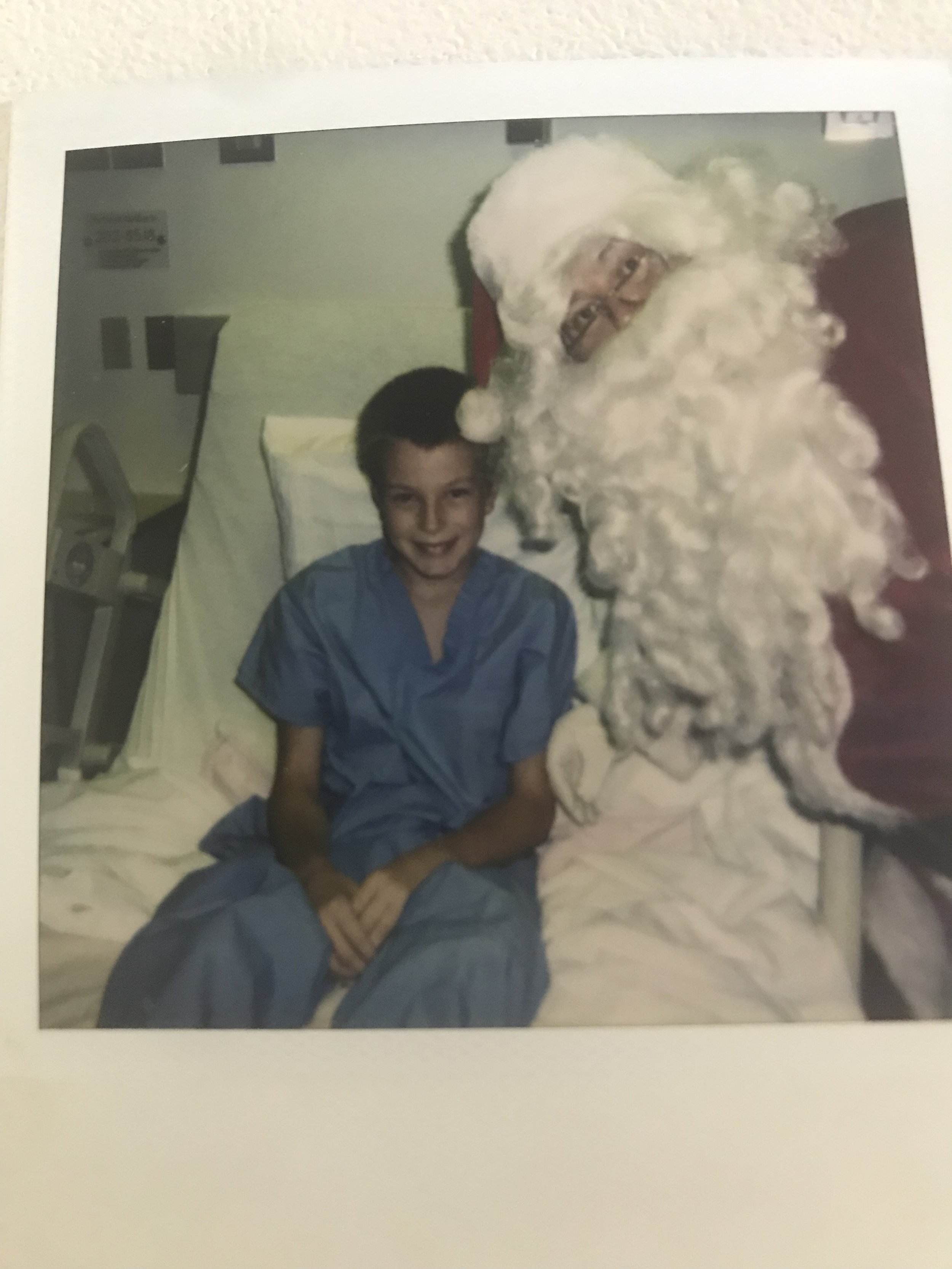Listen Instead of Reading
If you enjoy listening, you can subscribe to the audio version on Spotify, Apple Podcasts, and Audible so you don’t even have to look at the email 😊
4 Thoughts
1. Warm Up Your Mind & Spirit with the Wim Hof Wisdom Bundle
“There’s nothing mystical or abstract about it. It’s physical. Your breath is your life-force, right here, right now. It could not be any simpler. Just breathe and reclaim your soul.”
- Wim Hof, The Wim Hof Method
If you enjoy Wim’s philosophy (like me) or practicing his method, check out the wisdom bundle I just added to the Learning Center.
You get all the science and inspiring quotes condensed into 62 minutes of podcast audio and 22 PDF pages.
Here’s to a happier, healthier, and stronger new year 🙏 ❄️ 🧊
2. 23 One-Sentence Breathing Ideas for 2023
A few of my favorites this year:
#1. You don’t have to meditate; breathing meditates you.
#12. Our breath moves spirit around like our hearts move blood around.
#13. Breath is to body what Brandy is to wine.
#22. Breathe hearter, not smarter.
3. A 30-Second Thought Experiment That is Bound to Improve Your Life
(it genuinely changed mine in 2022)
(1) Bring to mind someone you would die for—no hesitation, no questions asked.
(2) Now ask yourself: Would you live for this person? Would you start that one thing you know you should be doing? (Yes, that one.) Would you give up that one thing you know you shouldn’t be doing? (Only you know which one.)
It’s easy to say you’d die for someone. What’s harder is really living for them instead.
***
P.S. This was inspired by a beautiful book titled The Gift by Dr. Edith Eger, a Holocaust survivor with an incredibly tragic yet deeply humbling and inspiring story.
4. A Tiny Thought on Problems
A breathing practice won’t stop problems—health or otherwise—from occurring in 2023 (or any other year).
These are part of being human.
A breathing practice will, however, give you the mental, physical, and spiritual strength you need to deal with and bounce back from those challenges as they occur.
(EXTRA) Being with Diabetes: Meditation as Medicine
Diabetes Sangha, a non-profit meditation community for type-1 diabetics, is launching their first course, which brings “meditation to diabetes & diabetes to meditation.”
I’ve spoken to their community twice, and they’re just genuinely great people. Kind and compassionate, yet honest and open. It’s almost like they meditate a lot or something…
But dad jokes aside, they’re offering 411 readers 20% off (this isn’t an affiliate link, just a kind gesture on their behalf).
I hope you’ll check it out if you have diabetes or live/work with people that do 🙏
Discount Code: BREATHE-20
1 Quote
“Each new breath creates a unity of life as all people share the nourishment that the earth’s atmosphere freely offers.””
1 Answer
Category: Saving Breaths
Answer: If you spent 20 minutes a day breathing at 6 breaths per minute every single day in 2023, you’d save approximately this many breaths (assuming 15 breaths/min is average).
…
(Cue the Jeopardy! music.)
…
Question: What is ~65,700? (or about 3 days worth of breaths)
In good breath,
Nick Heath, T1D, PhD
“Breathing is the compound interest of health & wellness.”
* An asterisk by a quote indicates that I listened to this book on Audible. Therefore, the quotation might not be correct, but is my best attempt at reproducing the punctuation based on the narrator’s pace, tone, and pauses.
Sign Up For The Breathing 411
Each Monday, I curate and synthesize information from scientific journals, books, articles, and podcasts to share 4 thoughts, 1 quote, and 1 answer (like "Jeopardy!") related to breathing. It’s a fun way to learn something new each week.




